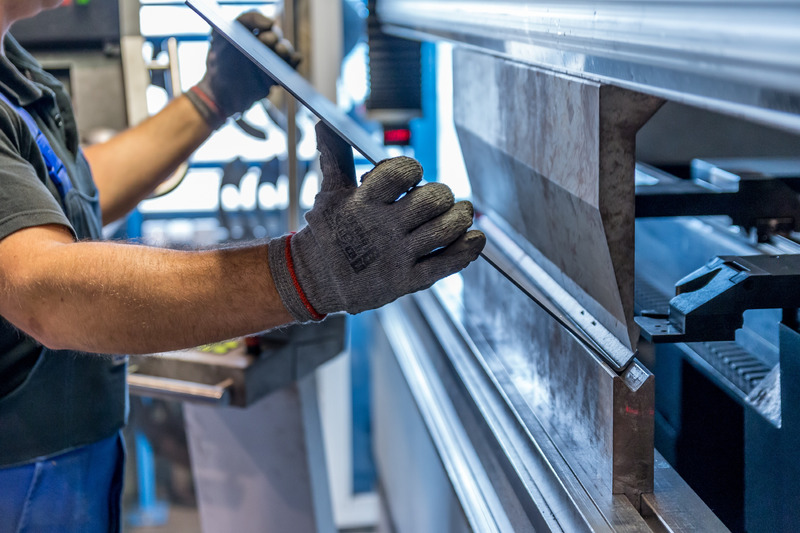August 8, 2023
The lingering impact of several downside factors severely affecting apparent steel consumption in 2022 – high energy prices, production costs, war in Ukraine – continues to feed uncertainty and pressure the steel market outlook for 2023, resulting in a deeper-than-expected recession (-3%). This would mark the fourth negative performance in the past five years. A stronger recovery is projected in 2024 (+6.2%), contingent on more favourable conditions in the overall industrial outlook. Despite persisting overall weak demand, imports still maintain historically high demand market shares (22%).
“The European steel industry has been navigating through numerous challenges for a long time now, from the pandemic to the energy crisis and other ongoing disruptive factors. At the same time, the EU is at a critical juncture to achieve its decarbonisation, circularity and strategic autonomy targets, for which steel is a key enabler. Supporting European green steel becomes therefore crucial to drive the uptake of renewables, hydrogen and the cleantech economy in the EU”, said Axel Eggert, Director General of the European Steel Association (EUROFER).
EU steel market overview
In the first quarter of 2023, apparent steel consumption continued a downward trend (-11.7%), with a volume of 34.5 million tonnes. While this represents an improvement compared to the last quarter of 2022 (-19.3%), the latest data still show underperformance compared to 2021-2022. As a result, apparent steel consumption for the whole of 2023 has been further cut (-3% from -1%). However, a more pronounced rebound is expected in 2024 (+6.2% from +5.4%) if positive conditions for steel demand materialise. Improvements in apparent steel consumption are not expected before the third quarter of 2023.
Domestic deliveries followed the same downward path, declining as well (-6.2%) in the first quarter of 2023 for the fourth consecutive time, although at a slower pace than the preceding quarter (-15.1%). In line with demand deterioration, imports also experienced another steep slump (-28%, after the previous -33%). However, the market share of imports out of apparent consumption remained considerably high in historical terms once again (22%).
EU steel-using sectors
Despite persisting challenging conditions, steel-using sectors kept growing also in the first quarter of 2023 (+3.7%) primarily driven by the outperforming automotive, mechanical engineering and transport sectors, which compensated for the subdued output of domestic appliances, tubes and metalware. Construction, so far one of the main components of the steel-using sectors’ resilience, experienced a slowdown for the first time after 2020 and recorded nearly flat growth (+0.1%). The sector is anticipated to enter a recession in 2023 owing to a contraction in the residential construction sub-sector, due to the rise in interest rates impacting demand.
This should result in an overall moderate growth for steel-using sectors in 2023 (+1.3%) compared to 2022 (+3.1%). This forecast is more upbeat than the previous estimated (+0.3%). In 2024, growth is projected to slow down again (+0.4%), mainly due to a likely downturn in the automotive sector.
Source: Eurofer
Legal Notice: The information in this article is intended for information purposes only. It is not intended for professional information purposes specific to a person or an institution. Every institution has different requirements because of its own circumstances even though they bear a resemblance to each other. Consequently, it is your interest to consult on an expert before taking a decision based on information stated in this article and putting into practice. Neither Karen Audit nor related person or institutions are not responsible for any damages or losses that might occur in consequence of the use of the information in this article by private or formal, real or legal person and institutions.






